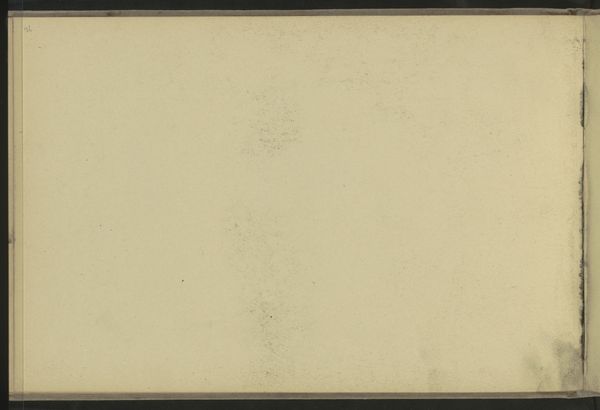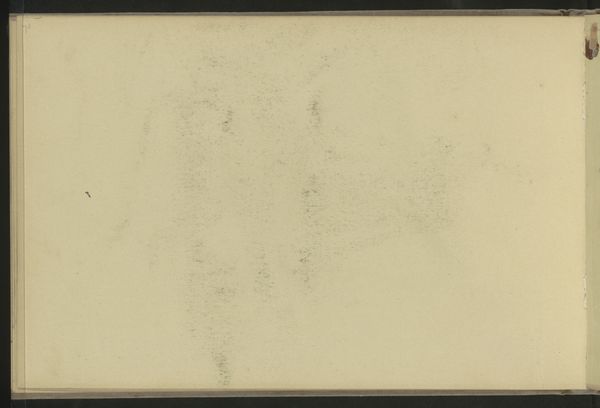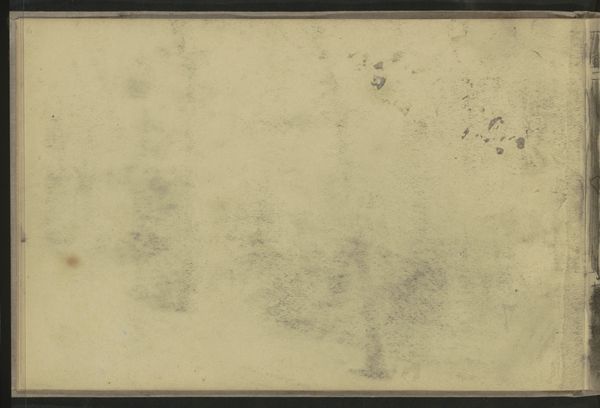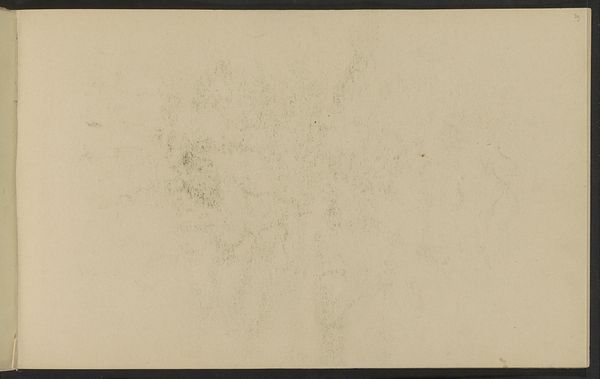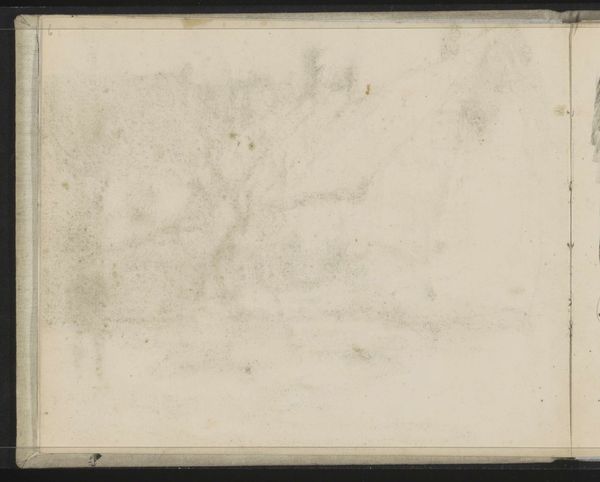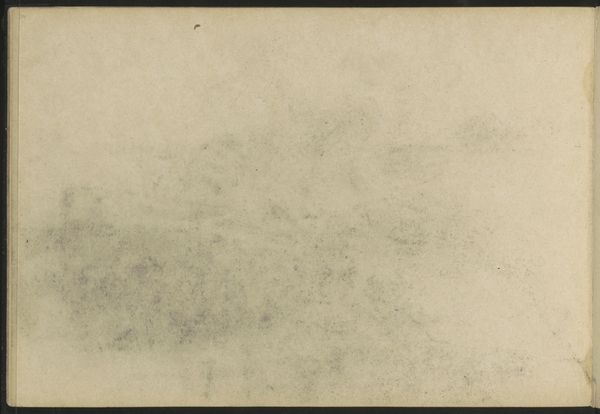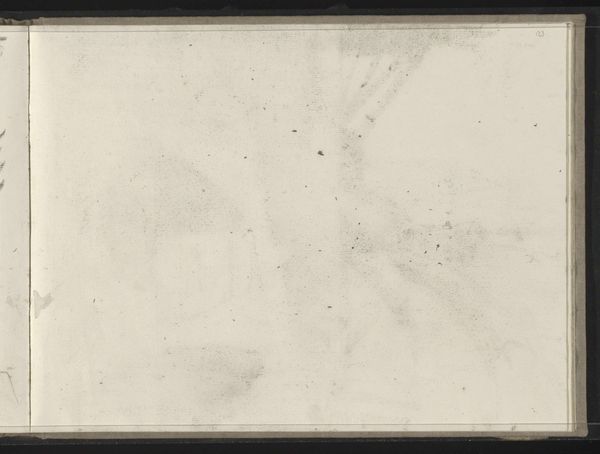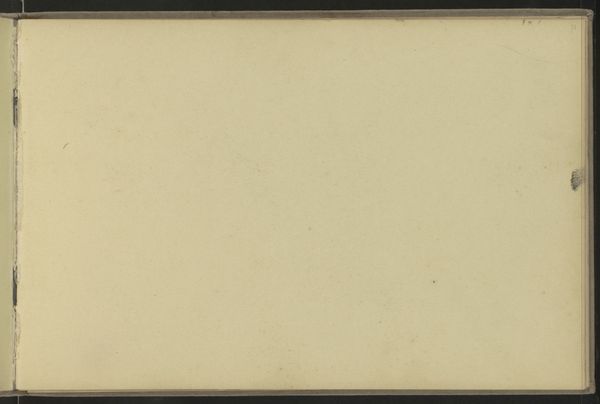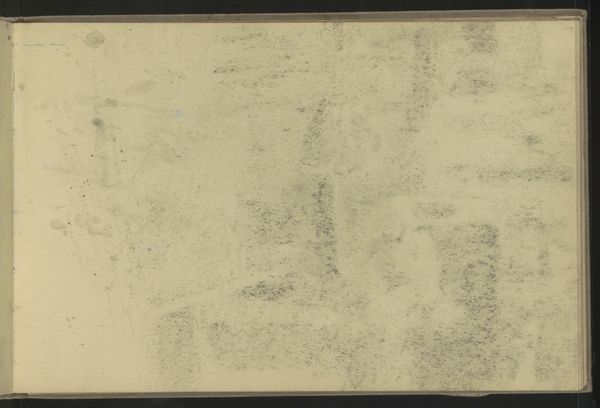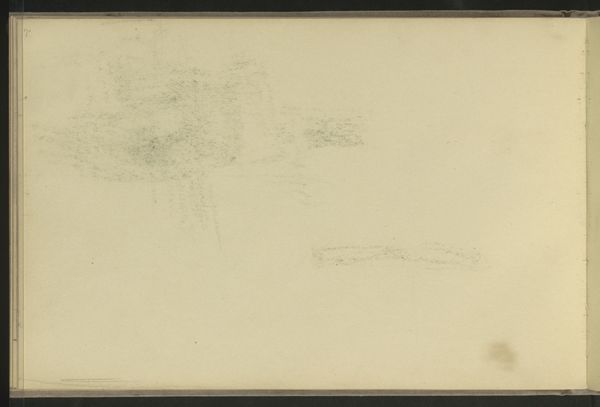
Copyright: Rijks Museum: Open Domain
Editor: So, this is Willem Witsen's "Abklatsch van een krijttekening op pagina 82," dating from somewhere between 1901 and 1907. It's a pencil drawing on paper. Honestly, it's incredibly subtle; almost ghostly. What do you see in this piece, with all its delicate marks? Curator: Indeed. On the surface, this seems minimal. But look closer. The 'Abklatsch' technique – essentially a transfer – introduces a layer of removal. What we're seeing is not the *original* impulse, but its echo. It reminds me of how cultural memory operates. Editor: Interesting, like a memory fading over time? Curator: Precisely. Consider how our own memories are reconstructions, layered with emotion and distortion. Witsen, through this technique, seems to be acknowledging that inherent distance. Does the faintness evoke a feeling of melancholy for you? Editor: Definitely. I get a sense of something fleeting, just barely captured. Almost like trying to hold onto a dream. Curator: The choice of pencil, the lightness of the impression – these are deliberate choices contributing to that sense of transience. Think of how pencil sketches are often preliminary, hinting at something more fully realised. Is this 'absence' of completion, suggestive, perhaps? Editor: It really makes you focus on the process, doesn't it? More about the idea than the finished product. Thanks! Curator: A great point! This encourages us to appreciate the quiet power of suggestion and incompletion, how potent subtlety can be in conveying layered meanings about time and memory.
Comments
No comments
Be the first to comment and join the conversation on the ultimate creative platform.
